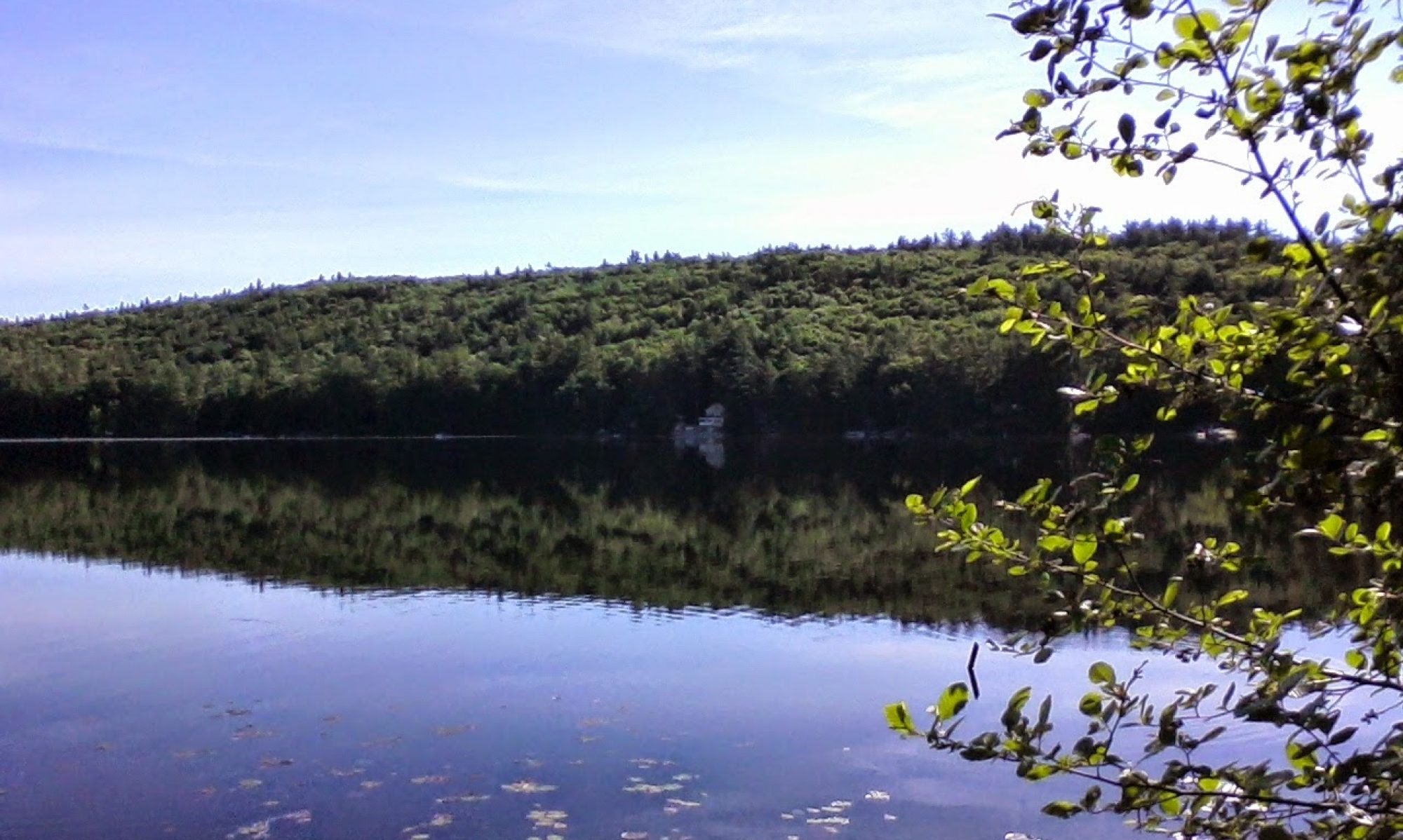(with apologies to the band Chicago)
Last summer, I was watching temperatures rise in the wicked heat, and I noticed the “feels like” temperature displayed on the weather station web site was sky-high, 108°F on a mid-90 degree day. I checked the reported “feels like” on the local sensor gateway G!100 and on the WeeWx data page, and it was only a few degrees above the plain temperature. What the heck was going on?
Well, it seems like we can’t agree on what “feels like” means. Everyone knows a 90°F day with low humidity and a little breeze is tolerable, if a little hot for us northerners. But the same 90°F with 90 humidity and still winds has everyone reaching for the A/C, a fan, and some ice water.
With the increasing frequency and intensity of the heat, vigorous occupations and sports have focused on the danger of serious heat-related injuries and fatalities. Surely, there must be some standards to apply to the situation.
Well, we like standards so much we’ve made dozens!
“Feels Like” or “Apparent Temperature” is a calculation of temperature and humidity and wind speed created in 1984. While relatively easy to calculate, this really only applies to indoor situations where solar heating is not a factor.
“Humidex” is a similar calculation more common in Canada (and was also the standard on the weather software I was using, hence the difference in values).
Wet-bulb temperature deserves a mention here, although it’s not a measure of “feels like,” but is often confused with the next one. A thermometer is wrapped in a wet cloth sock, and the temperature will differ from dry air temperature by the cooling effect of the water evaporating (absorbing its “latent heat of vaporization” if that rings bells from science classes) and can be used to calculate relative humidity with a simple mechanical device called a “sling psychrometer” and a simple lookup table. This is popular where complex or delicate instrumentation isn’t a good choice, such as the logging industry or grade-school science classes.
Wet bulb globe temperature (WBGT) is currently the most popular for calculating heat stress, the combined effects of temperature, wind, humidity and heat (solar radiation or other heat sources). It uses a dry-air temperature, a wet-bulb temperature for humidity, the temperature inside a black globe exposed to the sun or heat source, and factors in the wind for evaporative effects to create an estimate of how hot it really feels. This estimate is rapidly becoming an important guideline in sports, industry and governmental regulations.
A great article on WGBT can be found here.
Finally, we can’t forget the “RealFeel™” a trademarked and patented proprietary calculation by Accuweather.com. Using similar calculations and factors above, as well as combining special factors of their own, Accu
So, keep in mind when you hear the day is going to “feel like” that there’s a bit of disagreement on what exactly that means, and how it is measured. But, hey, be careful out there.




